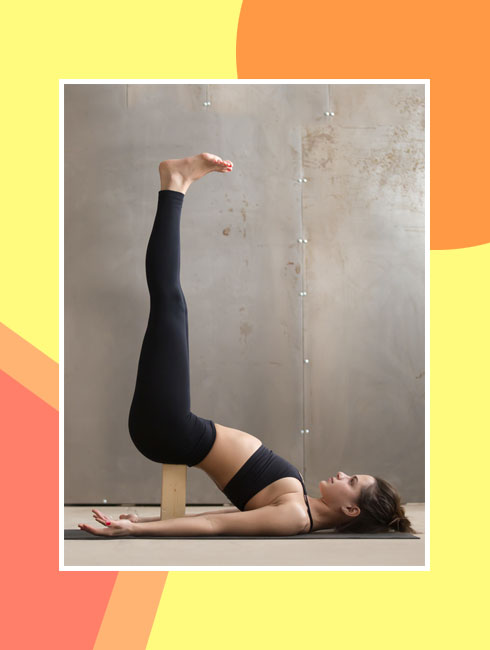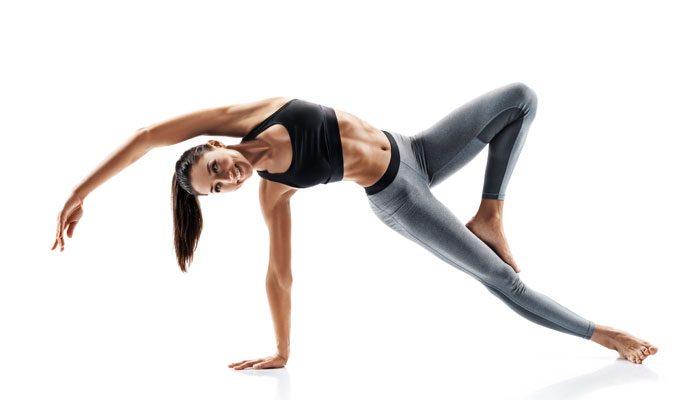
We’re going to talk about something that dates back to more than 5000 years. And with time, it has only gained popularity as a way of life where self-realization and fitness seamlessly converge. So, it’s not just another passing millennial fad but a time-tested practice that’s here to stay. We’re talking, yoga.
Now, if you’re someone who believes yoga is all about twisting your body on a mat, brace yourself for some sweet enlightenment. The yoga universe is divided different types of yoga practices and today, we’re throwing light on what each of them do for your body. So far, so good?
Yoga combines spiritual, mental and physical practices to harmonize the body and mind. In other words, it instills a sense of calmness while paving the way for a toned and leaner physique.
Here’s a lowdown on the different types of yoga and their benefits so you can learn the purpose of them all.
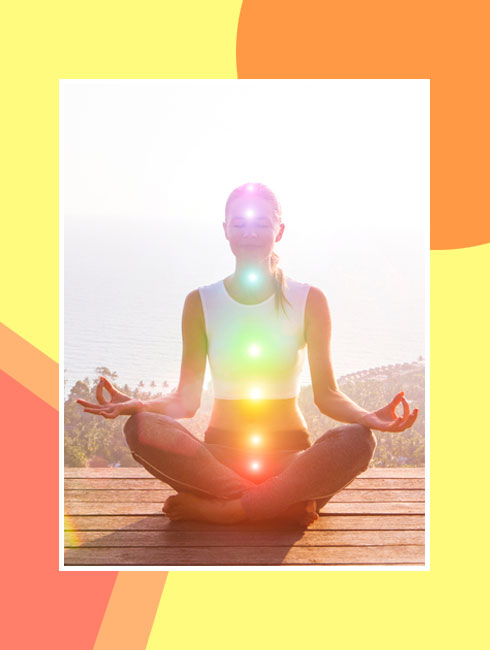
1. Kunadalini yoga
What is Kundalini yoga?
We’re all guilty of focusing more on toning our physique than clearing our mind. Kundalini is a form of spiritual energy located at the base of your spine. Kundalini yoga aims at awakening the power of this energy.
So how does it work? It emphasizes on repetitive movements that are synced with your breathing to draw the energy upwards from the base of your spine through each of the seven chakras. Wait, what are chakras? Think of them as spinning wheels that emanate energy throughout your body to keep you alive. It’s your job to keep them functioning at their optimal level.
Kundalini yoga benefits
- The sound vibrations from the sacred chants done during the practice have a profound impact on your health and overall well-being.
- As it strengthens the nervous system, purifies the blood and helps develop a neutral mindset, it gives you greater awareness of the negative energy in your life and how you choose to respond to them.
- Clearing out your subconscious mind with this practice helps you listen better to your intuitive mind. That’s because your inner voice is not cluttered with unnecessary thoughts and you can make better life decisions. Where do we sign up?
2. Ashtanga yoga
What is Ashtanga yoga?
Sorry newbies, this one’s not for you. Ashtanga yoga, literally translates to the ‘eight-limbed path’ is more physically demanding with swift flow of movements that are in tandem with your breathing. The emphasis is on maintaining internal focus and awareness as you switch to a new pose.
What does it involve? A sequence of 6 series with each series entailing an ordered set of asanas. The first two series focus on building strength and flexibility while realigning the spine; the next two series focus on purifying and balancing the nadis (the energy channels within) and the last two series foster inner strength and compassion. Now we don’t mean to scare you but each series is more challenging than the previous one and it may take years to master this form.
Ashtanga yoga benefits
- Ashtanga yoga makes for an effective cardio workout with swift movements that increase your heart rate.
- Beyond physical flexibility, this form of yoga instills emotional and mental flexibility that helps you reign control over your emotions. You’ll realize how well connected your mind and body truly are!
- The intense set of asanas effectively improves your focus, balance and coordination while making you more aware.
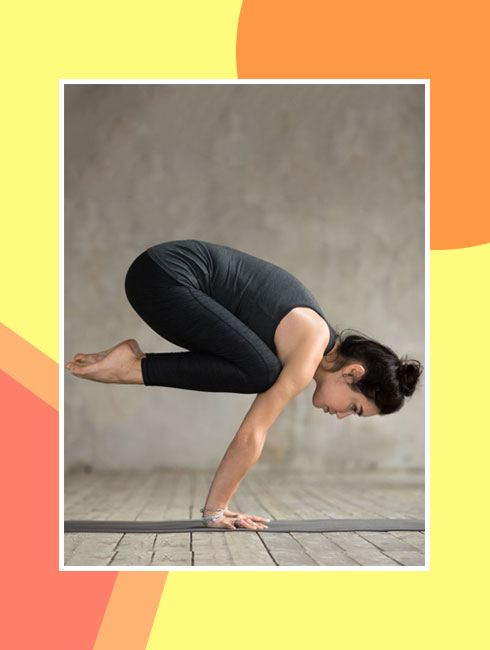
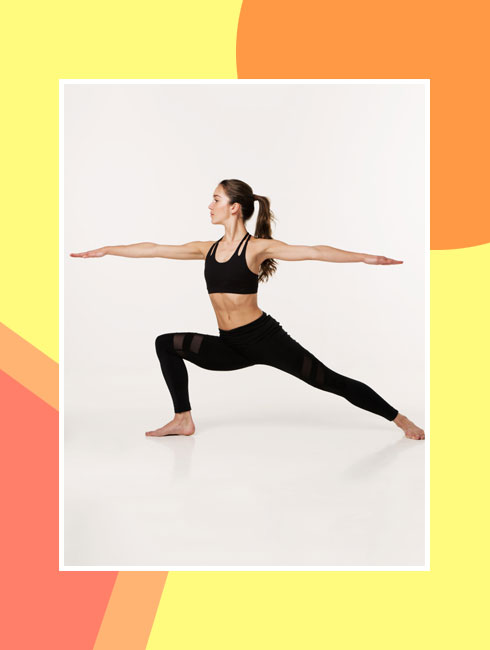
3. Power yoga
What is Power yoga?
Power yoga has always been in the buzz and for all the right reasons. Think an intense sweaty workout session that doesn’t seem like forever. So, if you belong to the restless family, you know that ones who can’t wait to move to the next asana, you’ve found your favorite kind of yoga. You can also say ‘no thanks’ to the Sanskrit chants that only go over your head.
Power yoga revolves around 2 core principles: breath-based movement and flow between fast-paced poses. If you’re curious about its origin, it’s an offshoot of Ashtanga yoga modified for athletes in the 80s. So, turn up the heat and expect a lot of vigorous movement.
Power yoga benefits
- Thanks to its fast-paced rhythm, Power yoga helps build stamina, strength, focus and flexibility.
- Its physically demanding form makes the body sweat more and release toxins, making it an effective detox routine.
- Power yoga consists of certain poses that stimulate the functioning of glands responsible for hormone regulation. This means lesser episodes of erratic hormones turning your life upside down.
4. Hatha yoga
What is Hatha yoga?
If you’re a newbie in the world of yoga, make yourself feel at home. This form is for the ones who are just starting out and need a more relaxed style and a slower pace to keep up. Considered a gentler form of yoga, Hatha yoga translates to the ‘means of attaining a state of yoga through force’.
Think of it like a preparatory process of yoga, one where you’re building your body for more pressure. This process comprises of a sequence of asanas that is designed to release your energy channels, while developing endurance and strength. It helps put a rest to the fluctuations of a restless mind by drawing attention to your breath and living in the present. So, who’s in for some self-transformation?
Hatha yoga benefits
- Hatha yoga is designed to improve your core body strength, which boosts your endurance and flexibility.
- Several poses in Hatha yoga, such as the Warrior pose and the Tree pose promote bone density by triggering osteoblasts, a.k.a. the bone making cells.
- You’ll be happy to know that regular practice of this yoga form can strengthen facial muscles (ciao sagginess), improve glow and prevent pesky breakouts, thanks to increased blood flow to the nerves underneath your facial skin.


5. Vinyasa yoga
What is Vinyasa yoga?
Vinyasa yoga involves moving rapidly from one pose to another to pump up your heart rate. A breath-synchronized practice, it generates heat while toning your muscles. It’s all about rhythm, balance, grace and fluidity with Surya Namaskars being the foundation of the sequence.
The best part? You’ll never fall into a slump with the monotony of same poses. How? Because this form of yoga is flexible with its sequence – the instructors are free to switch things up. Also, introducing new poses helps push your limits as your body discovers more strength and flexibility.
Vinyasa yoga benefits
- The focus on mindful breathing during the practice fills your lungs with oxygen while flushing out toxins.
- The heat generated in the body burns a lot of calories and improves your metabolic rate, hence making weight loss easier.
- As it focuses on all muscle groups, it helps build lean muscle mass throughout your body.
6. Iyengar yoga
What is Iyengar yoga?
How’s Iyengar yoga different from the rest? The emphasis on body alignment precision, diversity of sequences and use of props during the asanas makes this form of yoga stand out. So if you enter a yoga class and notice blocks, blankets, straps or pillows lying around, don’t be surprised.
The key element in this form is holding poses for longer duration which seems strenuous but helps perfect body alignment. And what’s with the props? Well, they help attain alignment for people with injuries, illnesses or for someone who’s simply new and has a stiff body.
Iyengar yoga benefits
- Since Iyengar yoga demands close attention to the meticulous details, it improves concentration and eases stress and anxiety.
- As the focus is not on swift movements, it helps you avoid a sudden muscle strain or pull.
- The stress on maintaining correct alignment and posture works well at alleviating neck and back pain in people with desk jobs.
